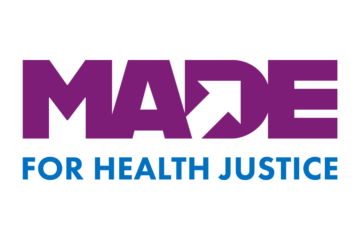WASHINGTON, D.C.—Today, the Big Cities Health Coalition (BCHC) released estimates that show that early actions by BCHC members, leaders from America’s largest metropolitan health departments, to get the public to stay home led to an estimated 2.1 million hospitalizations avoided and over 200,000 lives saved. These estimates, based on 45-day shelter-in-place/stay-at-home orders, were calculated by the Urban Health Collaborative at Drexel University’s Dornsife School of Public Health using a model published by The New York Times.
“Ordering people to shelter in their homes was unprecedented and difficult. Everyone’s collective action has dramatically slowed the spread of COVID-19,” said Dr. Sara Cody, health officer for the County of Santa Clara and chair of the Big Cities Health Coalition. “These measures have prevented many infections, hospitalizations and deaths. It’s tempting to let up, but we need to massively scale up two essential guardrails–testing and contact tracing–to protect the progress we’ve made, as well as the most vulnerable among us.”
Additionally, a survey conducted in April by NP Strategy Group found that Americans in all regions of the country understand the impact of stay-at-home orders in place across the nation. It found that, on average, 4 out of 5 (80%) respondents agree that stay-at-home orders helped keep them and their communities healthier and safer during the pandemic, with agreement across age, gender, political and regional breakouts. At the same time, 75% approve of the actions taken by their local public health leaders, and 68% approve of their elected officials’ decisions. Additional poll results are available at https://www.bigcitieshealth.org/stayhomeimpact.
“While we as a country have lost far too many to COVID-19, stay-at-home orders across the nation have made a real difference in the number of hospitalizations and deaths,” said Chrissie Juliano, MPP, executive director, Big Cities Health Coalition. “Importantly, this poll confirms that there is strong public support for these actions and for local health officials who continue to use science and data in their decision-making processes. This is the job of public health, and as we move into whatever the next phase of this pandemic brings, it is critically important that we continue to increase testing capacity and contact tracing, as well as ensure resources flow into communities to support response and recovery activities.”
The Urban Health Collaborative at Drexel University’s Dornsife School of Public Health calculated estimates for lives saved and hospitalizations avoided for BCHC member jurisdictions using a model published by The New York Times. See the breakdown by jurisdiction and read additional information on methodology can be found at https://www.bigcitieshealth.org/stayhomeimpact.





